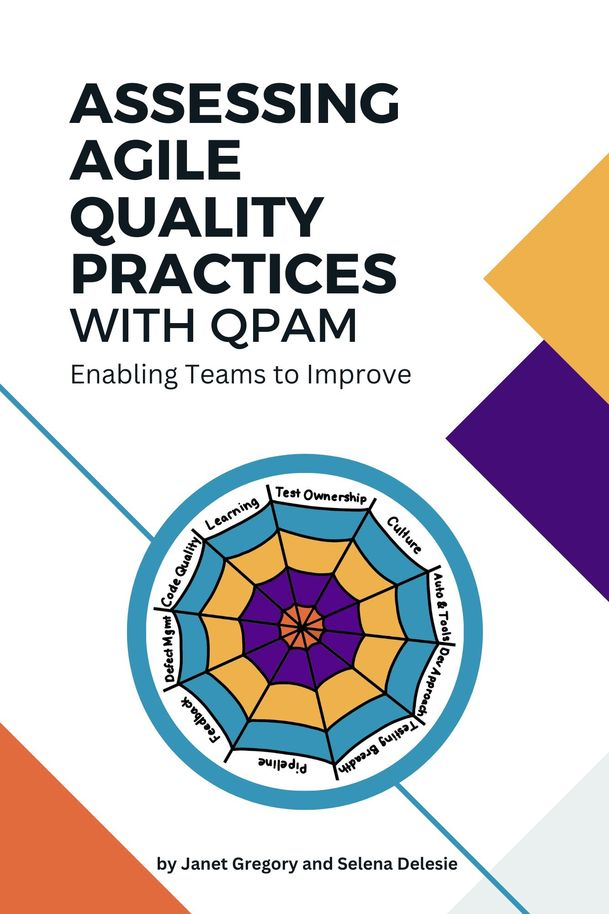I had the opportunity and privilege to introduce Selena Delesie on the program today. It was fun to reminisce a bit because Selena and I were both in the same Foundations class for Black Box Software Testing all the way back in 2010. We also both served on the Board of Directors for AST, so we had a lot of memories and fun/challenging things to deal with over the years. Thus, it was a pleasure to introduce Selena as our first Keynote speaker. Also, part of her talk was discussed on a recent The Testing Show podcast, so if you want a sample, you can listen to that :).
The tool that Selena and Janet Gregory put together is called the Quality Practices Assessment Model (QPAM). The idea behind this is that there are ways to identify potential breakdowns in the quality of our work. Areas we should consider are:
- Feedback Loops
- Culture
- Learning and Improvement
- Development Approach
- Quality and Test Ownership
- Testing Breadth
- Code Quality and Technical Debt
- Test Automation and Tools
- Deployment Pipeline
- Defect Management
The fascinating thing is the order and how these are identified and examined. Selena makes the case that the order in which these are presented and examined is important and by examining them in this order or weighting, the best chances for overall and lasting improvement are possible. Yes, Defect management is important but it will be less effective if more weight is not given to the previously mentioned items.
A key aspect to this is that quality is not just a technical issue, it's also a social issue and it should not be dealt with in isolation. Selena introduces us to a group code-named "Team Venus" and identifies many of the issues they are facing and where those issues fall on the ten quality aspects. The key element is that each area is looked at holistically and in conjunction with the other areas, not in isolation. As anyone familiar with GeneralSystems Thinking can tell you, there is no such thing as a standalone and isolated change, any modifications made will have ripple effect. It's also critical to realize that a process alone is meaningless if the overall values are not solid or agreed upon.
In the ten quality aspects that Selena referenced, there are four quadrants/dimensions to consider:
- Beginning
- Unifying
- Practicing
- Innovating
What I like about considering these as quadrants is the fact that these areas are not separate from each other but they are dependent on each other. Some areas of the ten practices will be closer aligned with a particular dimension. Additionally, it's common for teams to spend more time in a given quadrant/dimension for the ten areas than others. I like the diagram Selena uses that looks like a spider web. The center of the web means that that is an informational or foundational level, and the farther out from the center, the greater the expertise and experience. Ideally, of course, all of the aspects should be on the outer rim of the spider web but in practice, there will be color splotches in all four of the dimensions. That is normal and should not be discouraged, especially since each new team member will typically need to start from zero.
For those interested, the book and full model example for Team Venus is available in "Assessing Agile Quality Practices with QPAM" so if you want to learn more, go there.



No comments:
Post a Comment